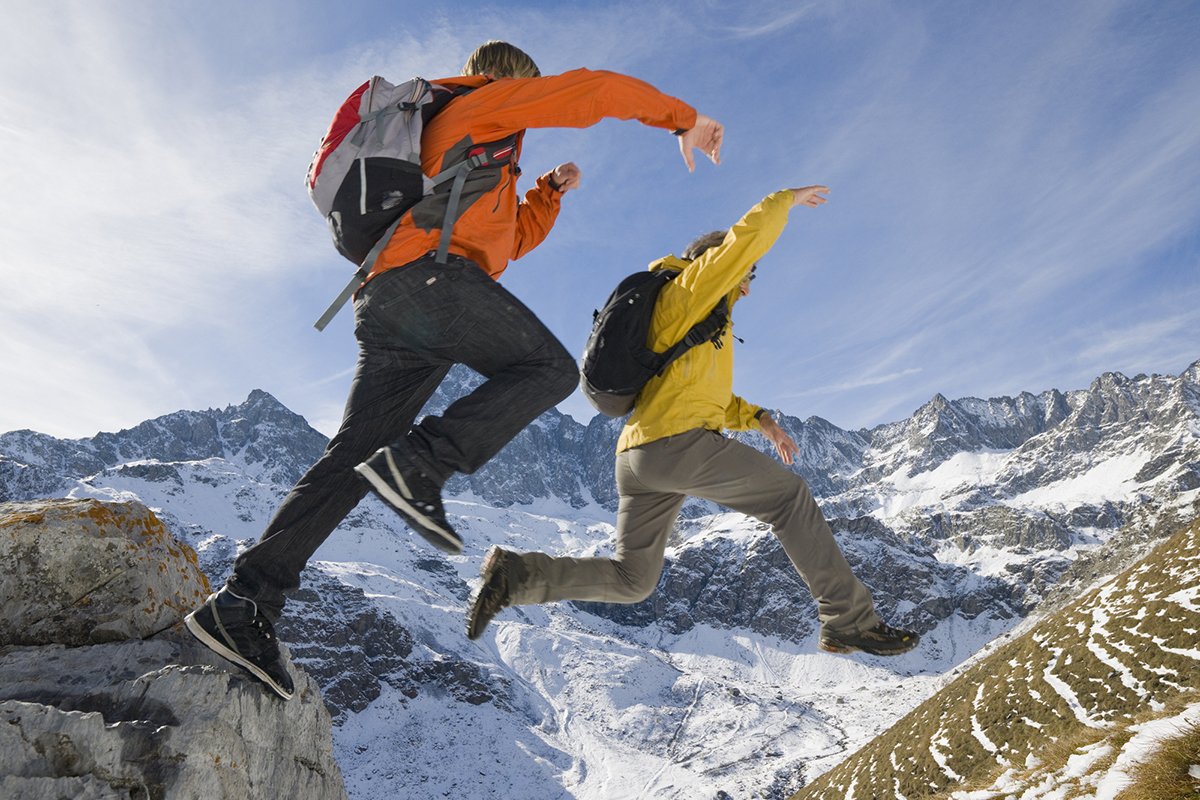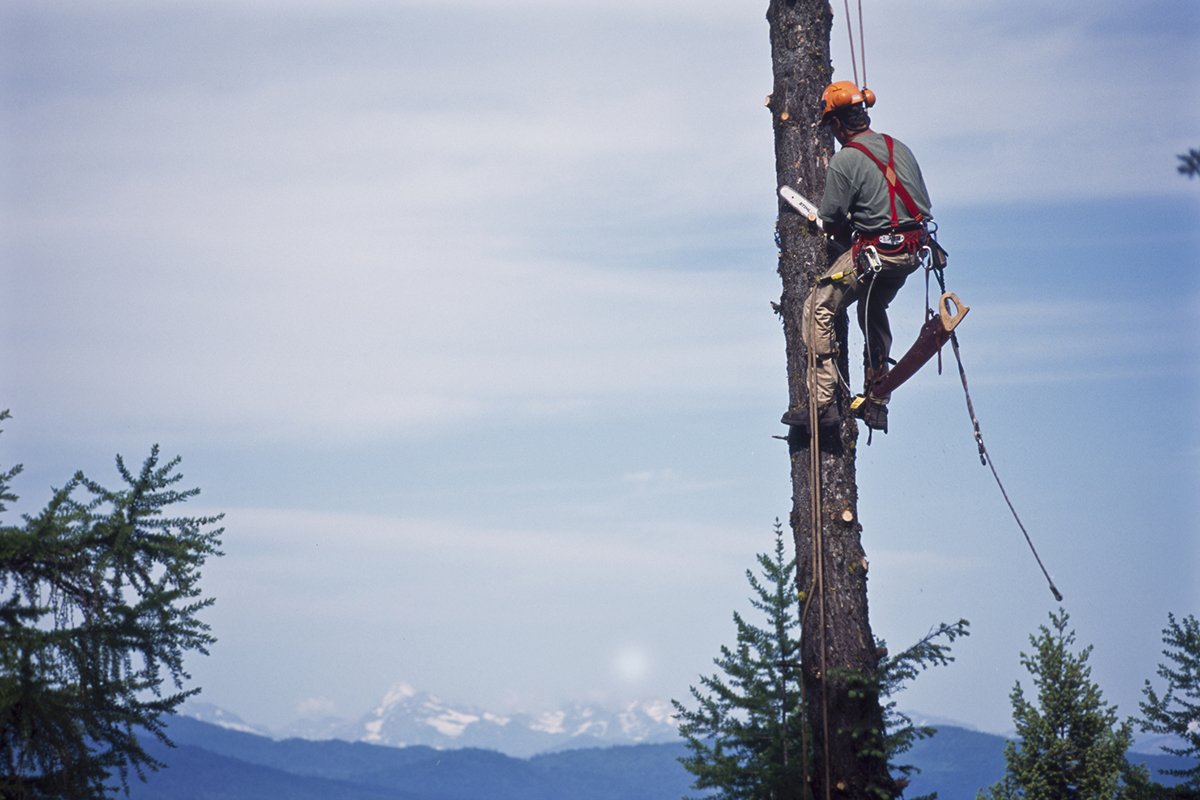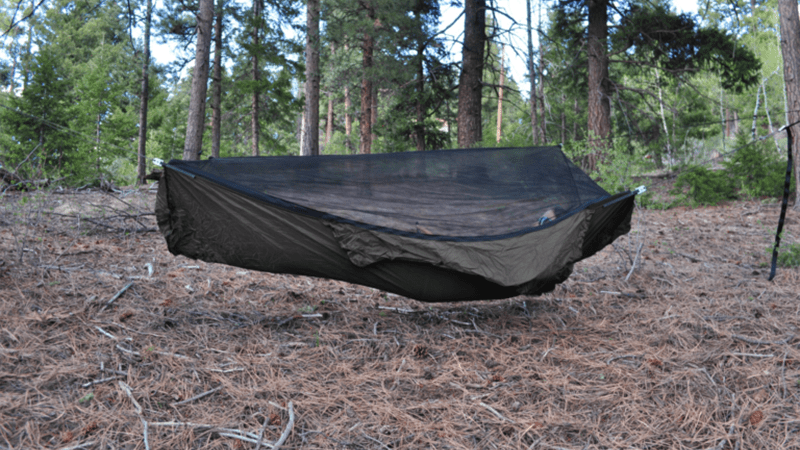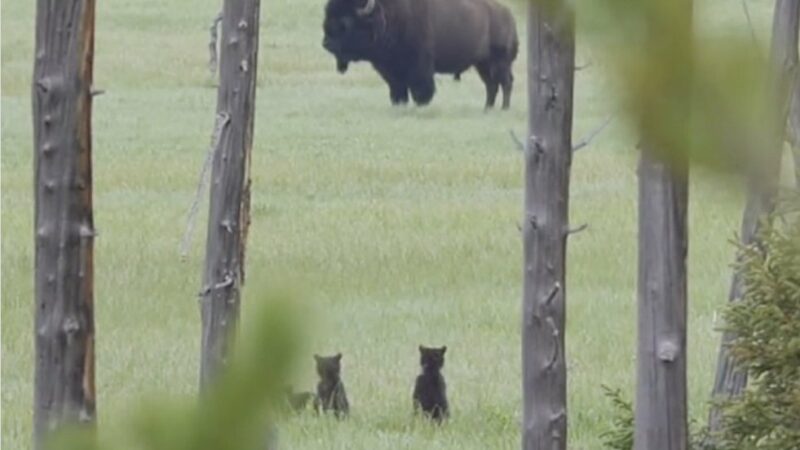Inside the Minds of Thrill Seekers: Why Participate in Dangerous Outdoor Sports?
I don’t live an especially dangerous lifestyle. I enjoy hiking, kayaking, and many other outdoor activities, but I have zero interest in potentially life-threatening sports such as free climbing or bungee jumping.
So when my friends decided we should all pencil dive from the Phelps Lake Jumping Rock in Grand Teton National Park, I was terrified. After getting past an almost-paralyzing fear, I finally sprang off the boulder and into the cool water. When my feet touched land again, I was more relieved it was over than amped up with excitement.
I’m glad I can check this one off my bucket list and never leap from 30 feet up ever again. But some people live for the rush and seek such thrills out every chance they get.
Here’s why.
Science Behind Thrill-Seeking

You might think of your friends who would jump at the chance to skydive as fearless and those who wouldn’t dream of cliff diving as less than adventurous — they choose to live two different types of lives.
But there may be something physiologically different between people who crave the rush dangerous outdoor activities bring and those who’d rather remain comfortably safe inside. And it all comes down to dopamine.
This neurotransmitter known as the “happy hormone” is released when you experience something you find pleasurable, from chowing down on junk food to taking part in your favorite outdoor activity. As a result, you feel good and continue to crave the experience that gives you that incredible feeling.
Dr. Ken Carter, professor of psychology at Oxford College of Emory University and author of Buzz! Inside the Minds of Thrill-Seekers, Daredevils, and Adrenaline Junkies, says people who pursue extreme thrills create more dopamine than those who would experience a stress response in the same situations.
“You’re probably familiar with the fight-or-flight response. Cortisol is one of the hormones responsible for getting us ready to fight, flee, or freeze in those situations,” Carter told NPR. “What we find is that high-sensation seekers — they don’t produce that much cortisol in those situations. What they produce more of is dopamine, the neurotransmitter that’s associated with pleasure.”
One study involving individuals suffering from Parkinson’s disease noted that a medication that treated some of their symptoms also stimulated their dopamine receptors. New high-risk behaviors and impulse-control disorders were 2.5 times as common in patients taking the drug, due to its effect on dopamine.
Another study found that the presence of a particular dopamine receptor gene variant makes certain people have an even greater response and become more likely to chase after the thrill that comes with dangerous activities. So while backcountry skiing might seem too scary to some, it can become an addicting thrill to others who possess this variant.
For many daredevils, it’s about a combination of novelty and risk. Something new with uncertain outcomes offers the potential for an incredible reward — the thrill of making it through in one piece. Depending on the individual and the activity, the risk versus reward ratio can be the deciding factor in participating or passing.
However, it’s not that the people who willfully risk their lives for a dopamine response are completely fearless — they’re usually afraid but do the thing anyway. And this behavior often trickles down into other areas of life.
“What some high sensation-seeking individuals realize is that they often push through those fears because the reward on the other side is worth more than the avoidance of the fears.” Carter said in an interview with WABE Atlanta. “So being fearless and jumping out of a plane can also mean that you’re fearless in sticking up for someone or you’re fearless when it’s time to do a presentation. So I think that confidence can sometimes carry over to other kinds of situations as well.”
Plenty of women demonstrate this confidence doing dangerous things, but have you ever noticed more men jumping from planes and snowboarding extreme runs? A study from Rutgers University found that when under stress, men took risks while women took the conservative route. So, when under pressure, men are more likely to take the treacherous path with the greatest possibility of thrill — women will usually stick to the safer choice.
Dr. Carter says that although high sensation-seeking or risk-taking behavior can “exacerbate certain situations,” it’s not the sign of a psychological disorder. In fact, it could help your overall well-being.
“Some research indicates that people who are high sensation-seeking have lower levels of stress and anxiety, that there’s a protective factor for them,” he told Emory University. “High sensation-seeking people can more easily roll with the punches, so there are some great aspects of it.”
Most Exhilarating Exploits

While any dangerous behavior can get the dopamine going for daredevils, not all high-stakes activities offer the same level of thrill. Rock climbing with ropes provides some excitement, but the relatively high probability of survival might make this choice too safe to give true adrenaline junkies that dopamine release.
It will depend on the risk analysis of the particular person, but some of the most satisfying exploits for thrill seekers include the most dangerous activities in the world: heli-skiing, BASE jumping, cave diving, wingsuit flying, and big wave surfing. Sports where there’s no literal or figurative “safety net” provide the most intense rush.
If you’re an avid adventurer who’s always on the search for the next thrill, you’re probably blessed with the biology to relish in these experiences. Enjoy it — those of us who don’t generate the same level of happy hormone will be cheering you on from the safety of our seat belts and dry land.
Source: https://outdoors.com/inside-the-mind-of-thrill-seekers/






